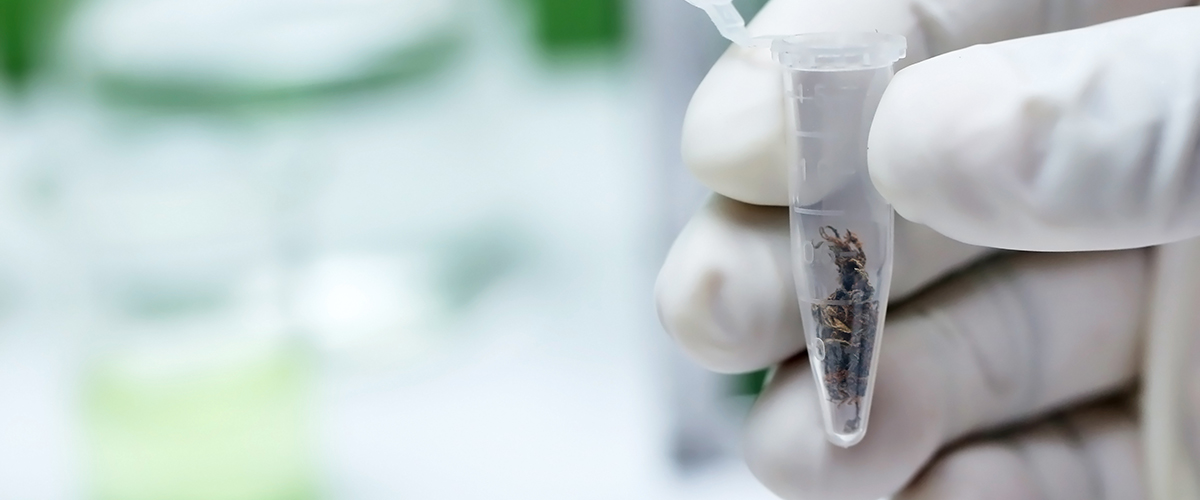[vc_row][vc_column][vc_column_text]
The DEA’s newly proposed 2018 aggregate production quotas (APQ) reveal that the agency plans to reduce the amount of marijuana it produces for research.
The U.S. Drug Enforcement Administration (DEA) has reduced the amount of government cannabis it intends to grow for federally approved research.
Earlier this month, the DEA released its proposed 2018 aggregate production quotas (APQ) for Schedule I and Schedule II substances for research and industrial purposes. The quotas for cannabis, currently classified as a Schedule I substance, will drop from the 474,000 grams (about 1,040 pounds) it allocated in 2017 to 443,680 grams (about 978 pounds) in 2018, a 28 percent reduction. The quotas for THC have been reduced from 409,000 grams (about 902 pounds) in 2017 to 384,460 grams (about 848 pounds) in 2018.
In an email statement to The Cannabist, DEA spokesman Melvin S. Patterson said that the APQ is set first, independent and regardless of the desires of manufacturers.
“Their wants are not a factor in setting the APQ,” Patterson told The Cannabist. “The things related to manufacturing that are factors are how much they disposed of in the current and previous two years; how much they have in inventory and trends in inventory maintenance; and the availability and cost of raw materials they need to make their products. But their business goals and strategies are not factors.”
Because of cannabis’s federal status, scientists interested in conducting clinical research using marijuana must interact with several federal agencies. They must obtain special licensure and registration from the DEA, as well as an investigational new drug (IND) application from the Food and Drug Administration (FDA). Additionally, they are required to obtain their marijuana material from the National Institute on Drug Abuse (NIDA).
For more than 45 years, the University of Mississippi, under contract with the NIDA, has been the only federally authorized supplier of marijuana for research. With only one cannabis supplier, scientists looking to study cannabis have been met with delays that have hindered federally sanctioned research. Additionally, the marijuana produced by the government has been criticized for its quality, with researchers claiming it isn’t representative of the substance patients are receiving in states where medical marijuana is legal.[/vc_column_text][/vc_column][/vc_row][vc_row][vc_column][vc_single_image image=”17365″ img_size=”1200×250″ onclick=”custom_link” link=”https://www.medicalmarijuanainc.com/overview-of-medical-marijuana-research/”][/vc_column][/vc_row][vc_row][vc_column][vc_column_text]The government opened up the availability for marijuana growing licenses last year, citing its desire to help fuel cannabis research in the U.S. The agency has received more than 20 applications, but has yet to approve any.
Patterson told The Cannabist that it’s unclear how long it will take to determine whether and which applications will be approved since this type of expansion is unprecedented.
The DEA is now in a 30-day comment period for the proposed changes to production quotas.
U.S. Sen. Cory Booker recently introduced federal legislation that would remove cannabis from the federal Controlled Substances Act, eliminating many of the requirements and restrictions that hinder researchers from studying marijuana.
Read about the groundbreaking findings from research that has investigated cannabis and its effects by visiting our education page. Keep up with the latest updates in the cannabis industry through our news feed.[/vc_column_text][/vc_column][/vc_row]






